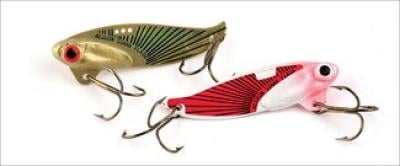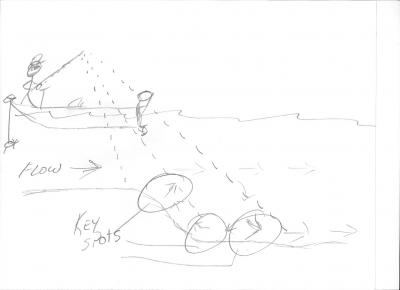I have vertical jigged blade baits in the river over 20 FOW. I have let it sink to the bottom and then jerked it up 2-3 feet and let it drop and repeat. Are there other ways to effectively use this bait? What does “pitching blades” blades mean? Is it as simple as casting that bait and reeling it in? What situations would be right for “pitching blades”? Shallow water…deep water… Is there a time of year that this is more productive? And I see these blade baits have 3 different holes for tying the line on. Is there some logic as to which hole to use? Are there certain colors that are more effective on Pool 4?

Posts: 63
November 29, 2012 at 1:41 pm
#1333905



 but then what fun would that be
but then what fun would that be 
